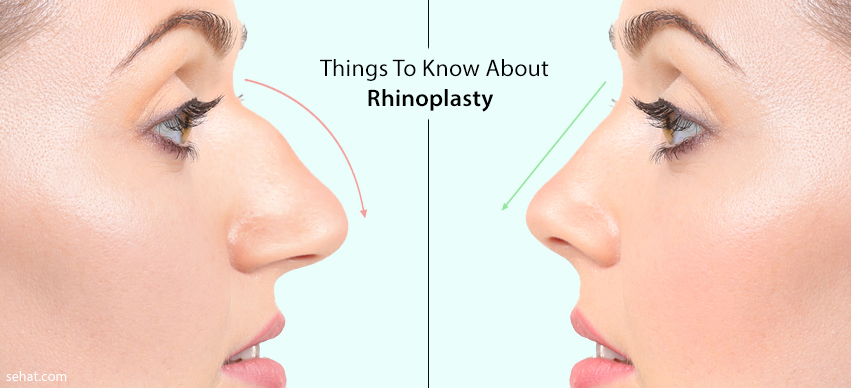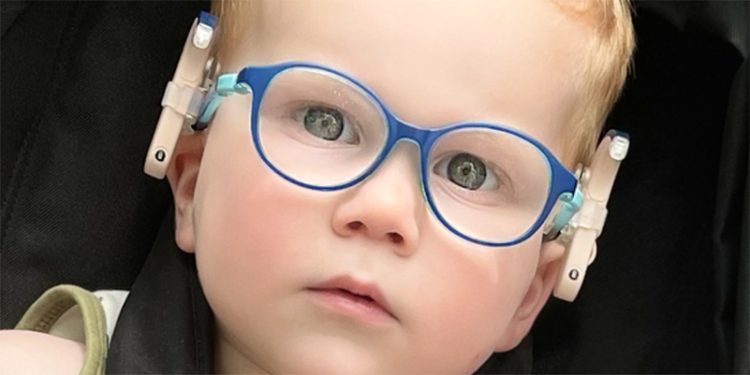
With around 15,000 nose operations each year, rhinoplasty ranks first among facial procedures in France. In the United States and around the world, it is in fifth place for all cosmetic operations combined. Developed by an Austrian doctor over a century ago, surgical nose reshaping has come a long way in recent years. We tell you what to know before starting, to be sure to like your new nose.
WHAT DOES GETTING YOUR NOSE DONE?
To refine it, to straighten it, to correct a slightly drooping or a little wide tip, to smooth out a bump … The first step is to make the surgeon understand what you want, by describing the noses that you like and the ones you don’t like. Previously, plastic surgeons, limited by technique, often made the same nose to everyone: small and upturned, called “Parisian”, or straight, like a Greek profile, essential in the 60s and 70s. Today, “ nose job in turkey offer by hayatmed.com become successful because is not visible because it is well integrated into the face”, maintains the majority of doctors, so it is different from one woman to another. “My nose was a real complex. As a child, I heard some charming little nicknames, says a client” operated at 30 years old. The first two surgeons consulted didn’t give much explanation and seemed mostly interested in my check. The third greeted me, reassured me, showed me how to shape my nose so that it was natural and that it didn’t change me too much, since I had been living with it for years … It gave me self-confidence. If I had known, I would have done it before. “
HOW DOES A RHINOPLASTY WORK?
The surgeon will photograph you and examine your nose from all angles, including the inside. Morphing gives you a good idea of what is possible: the shape is simulated on your portrait from the front and side, or on a computer with 2D or 3D software. The practitioner explains the operation, which most often takes place under general anesthesia, and the consequences. he can choose to reshape the nose by closed approach, by incising through the nostrils, or by an open approach, which will leave a small scar at the base of the nose, and on the wings if it touches it too. In some, more rare cases, a chin correction may be necessary. Never hesitate to take a second opinion. Plan for a fortnight at home and a good covering makeup.
“I was in good shape the night of the operation, I had locks in my nose for one day and the bandage was removed a week later,” says Sarah, 27, who operated six months ago. I was a little apprehensive, but I immediately got an idea of the result. I had swollen eyes and bruises for a month. It’s part of the thing, I camouflaged as best I could. I can’t feel my nose 100% yet, but it hasn’t been painful. It is so well done! People who don’t know that I have been operated on ask me what I did to my hair … “
IS ULTRASONIC RHINOPLASTY BETTER?
Tested for two years, it will be presented at the congress of the French Society of Plastic, Reconstructive and Aesthetic Surgery in December. “It is about reshaping the bony part of the nose using ultrasonic instruments that are smaller than traditional tools
The Advantage?
“We’re more precise, which reduces the risk of breaking the bone in the wrong place when we have to. And, since it does not affect the skin or the vessels, the consequences are shorter, ”he explains. The downside: the operation lasts longer, and therefore costs more (see table below). The study in progress will also have to specify its benefits, limitations, and risks. Until the interested specialists are formed, in 2015, traditional rhinoplasty remains the reference technique.
CHANGING YOUR NOSE, IS IT RISKY?
Yes, if you haven’t carefully weighed your decision, since he’s in the middle of the face. However, we may not like his new nose, even technically successful. “People don’t want the ideal nose described in our manuals – a person can be very unhappy with that nose – they want one that matches their taste,” The nose is the first area of focus for people with dysmorphophobia ”, this evil which consists in not seeing ourselves as we are. Another particularity, it is the aesthetic intervention which has the highest rate of retouching: “From 5 to 10% in specialized surgeons, from 30 to 50% in others [source The Rhinoplasty Society]”, continues the plastic surgeon. 10% according to the French Society of Aesthetic Plastic Surgeons. Nose too short, nostrils pinched, respiratory discomfort … Ultra-complicated, rhinoplasty? “We must analyze the structures of the nose and take into account the quality and thickness of the skin, because scarring plays a big role in the result,”
A NEW NOSE WITHOUT SURGERY, IS IT POSSIBLE?
By injecting hyaluronic acid, you can camouflage a minimal defect, fill a hollow nose (you can also correct a drooping tip by injecting botulinum toxin) … “Fillers have revolutionized the approach to rhinoplasty,. Sometimes, the scalpel is avoided, with breathtaking and lasting results since the hyaluronic acid is only reabsorbed in one to three years in this area. But, by adding volume around a bump, isn’t there a risk of transforming the face? “It does not work for a significant malformation, a too-large nose, a point to support, moreover, three-quarters of the indications remain surgical”, agrees the specialist.







